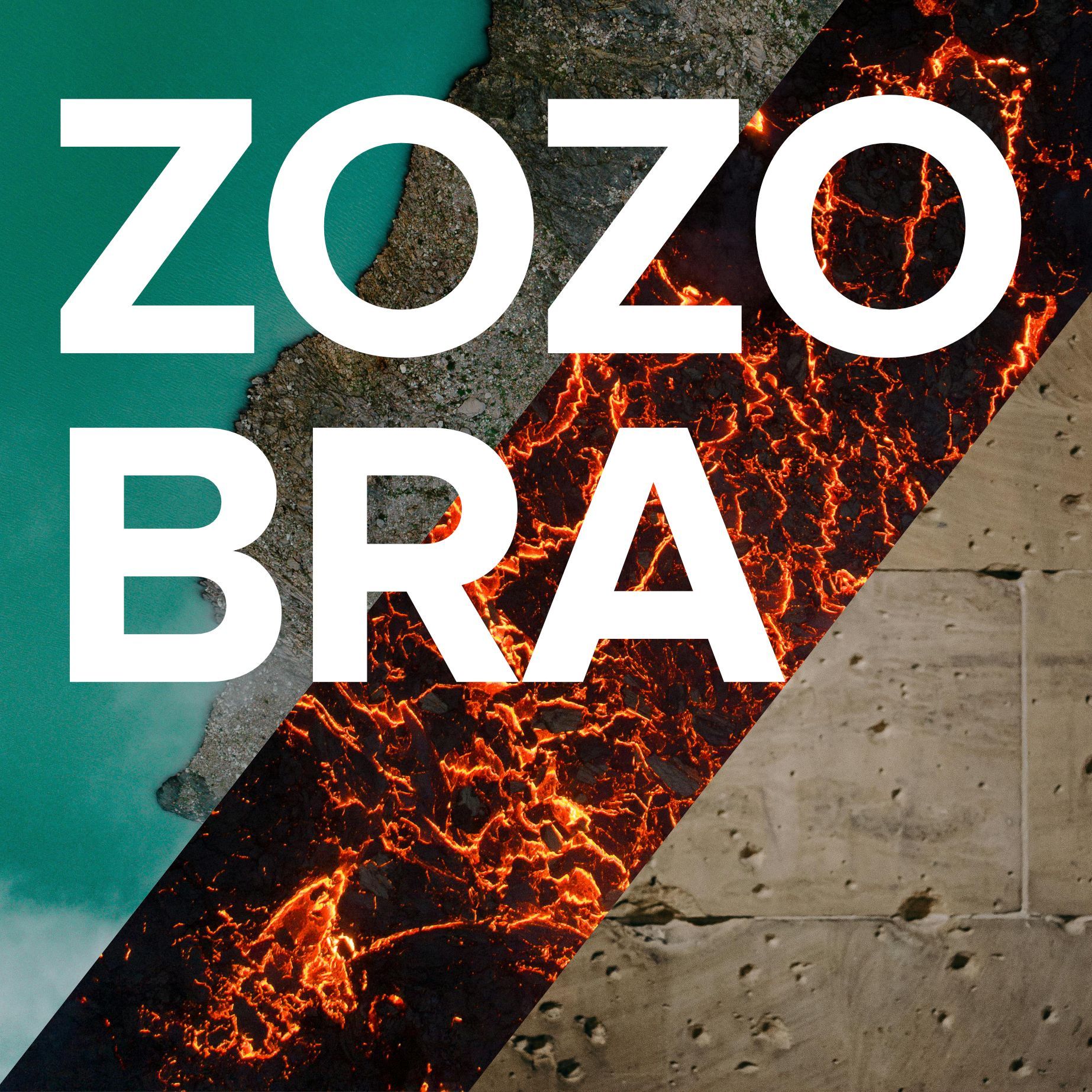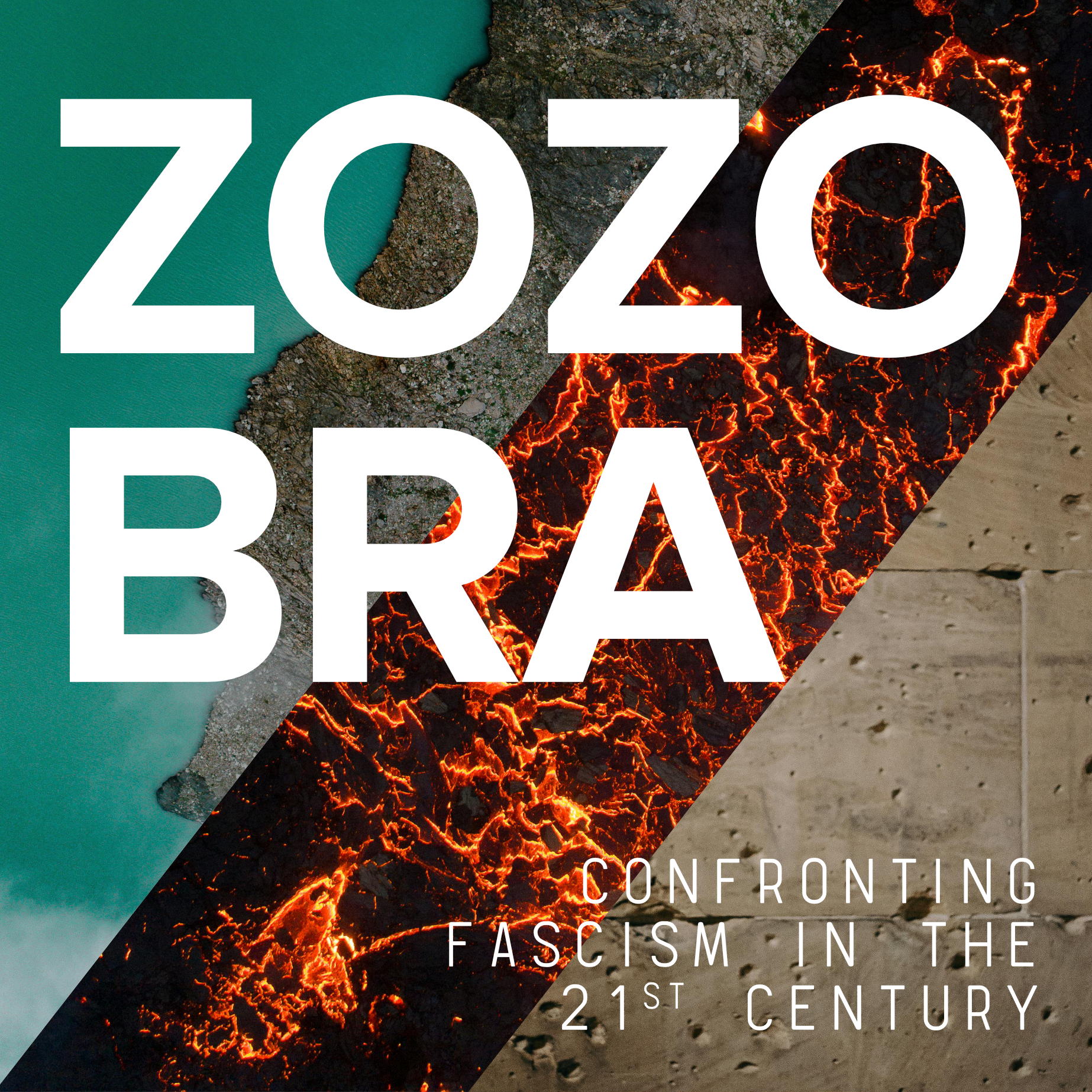CALL FOR ART
Zozobra
ENTRY DEADLINE NOV. 30, 2025
Submissions Period Closed
Zozobra is a Spanish word for distress. The Mexican philosopher Emilio Uranga has used the term to describe a specific form of existential anxiety related to uncertainty and ambiguity, following its usage by the poet Ramón López Velarde.
The term has been used to describe the feelings of uncertainty and distress in the United States due to the confluence of the COVID-19 pandemic and the political events of the Trump presidency and 2020 U.S. presidential election (and now include Trump's re-election in 2024). ↱
These feelings and reactions persist today across the world, where the level of anxiety is growing, as western leaders are increasingly undermining democracy and the rule of law with a global shift toward totalitarianism and dictatorships. The prospect of another world war is palpable.
This call is for artists to step up and fulfill their duty as harbingers of truth and guardians of cultural history.
Suture Zone is looking for ‟art as a weapon" responding to the current cultural and social climate around them.
There are no content or style restrictions.


Our inaugural project is the presentation of contemporary art in reaction to the distressing times in which we live. Under this broad general theme, Suture Zone will select art three times a year and display this work on our website and social channels with accompanying text and information. Selected artists receive and individual profile web page on the Suture Zone site.
The second part of the project is to generate a yearly printed catalogue of some of the most impactful pieces to represent that year.
Welcome to Suture Zone
Suture Zone online gallery and publication, has been created to establish an archive of socially and politically motivated art alongside printed anthologies, aimed at representation of the challenging era we inhabit.
Creating art for social change demands a critical examination of the world while using the language of art to convey important messages beyond the written word. Engaging with such art requires viewers to interrogate both the artifact and its context. This reflective process fosters dialogue between the viewer and the artwork, prompting shifts in perception, understanding, and values. Ultimately, this interaction serves as a mechanism for healing the wounds between our environment and humanity.
